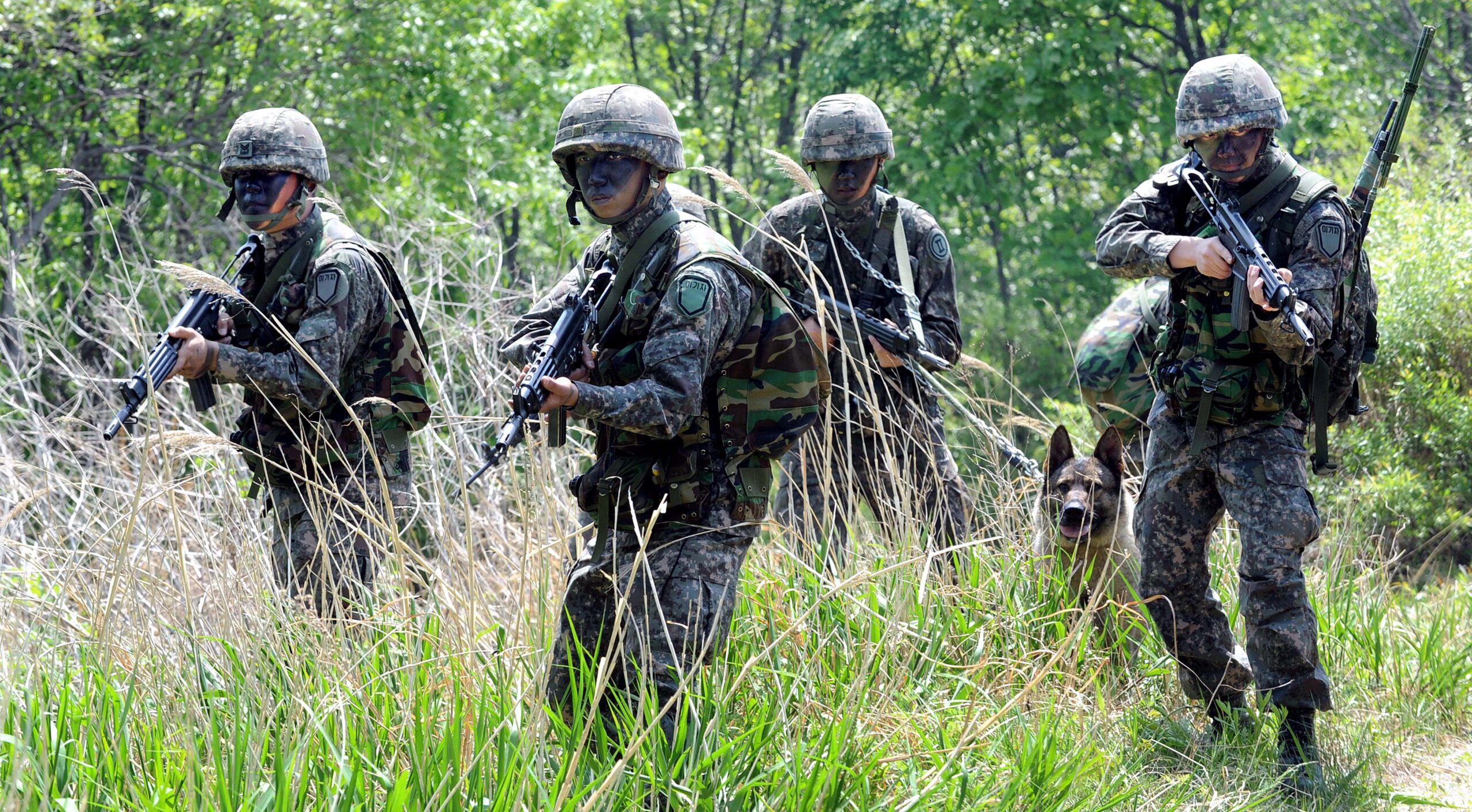Associate Analyst Miriam Evans examines the escalating tensions in North-South Korea relations, highlighting the growing threat of military conflict amid dwindling US involvement. The article highlights the implications of deteriorating security on the Korean Peninsula, explores the impact of recent North Korean provocations, and analyses potential strategies South Korea could adopt to safeguard its future in an increasingly precarious geopolitical environment.
While global attention centres on Europe and the Middle East, a further threat looms: worsening North-South Korea relations. In 2018, a glimmer of hope emerged in the form of the Comprehensive Military Agreement (CMA). This historic accord aimed to reduce military tensions on the Korean Peninsula and succeeded in doing so temporarily. However, six years later, the fragile arrangement has unravelled, plunging relations to their lowest point in years. Divided US attention and increased Russian engagement raise concerns over further instability and potential conflict.
Associate Analyst Miriam Evans notes the decline of relations from the end of last year. Events such as changing reunification policy and balloon launches by North Korea have eroded the remnants of the CMA. Possible future deterioration is also signified by a growing trend of military action near the border.
The article examines North Korea’s strategic motives, particularly its timing of provocations around key election periods in South Korea and the US. These actions aim to secure concessions and solidify regime survival amid worsening domestic conditions.

The growing cooperation between North Korea and Russia is another key focus. This alliance potentially alters the dynamics of international negotiations. It boosts North Korea’s military capabilities and poses a significant diplomatic challenge for South Korea and its allies. This partnership could diminish hopes for engagement and peace on the peninsula.
South Korea faces its own set of challenges, compounded by waning US support and internal issues. A shrinking pool of military conscripts due to demographic changes adds to the strain. The article suggests potential solutions for South Korea. These include contemplating the controversial idea of developing its own nuclear arsenal and boosting its strategic importance to the US.
As tensions rise, the article warns of the dire consequences of a potential conflict, both for the region and the global economy. The possible ramifications of even a limited engagement are high. The impact on South Korea, particularly its crucial semiconductor industry, could be catastrophic. North Korea therefore presents imminent questions for the South and the world more generally. Any deterioration on the peninsula is likely to be felt globally.
Update contingency plans: Ensure that all contingency plans are current and account for various scenarios, including limited military skirmishes, cyberattacks, and full-scale conflict. This includes evacuation procedures, communication strategies, and business continuity plans.
Crisis management training for employees: Conduct regular crisis management training for employees, particularly those near the border (including Seoul). This training should include responses to artillery fire, air raids, and the possibility of chemical, biological, or radiological attacks.
Conduct regular drills: Regularly conduct emergency drills that simulate various conflict scenarios, ensuring that all personnel know their roles and responsibilities. These drills should include evacuation procedures, lockdowns, and communication protocols.
Evaluate cybersecurity vulnerabilities: Given the possibility of increased cyberattacks as part of North Korean grey zone strategies, assess cybersecurity vulnerabilities. Ensure systems are regularly updated, conduct penetration testing, and train staff on recognising phishing attempts and other cyber threats.
Physical security enhancements: For facilities near the DMZ or other high-risk areas, consider enhancing physical security measures. This may include reinforcing structures against potential blasts and ensuring that shelters or safe rooms are available and well-equipped.
Map shelter locations: Familiarise yourself with government procedures in the event of a crisis, including the location of the nearest shelter.
Monitor political and military developments: Monitor political and military developments on the Korean Peninsula, ensuring you are up to date during periods of heightened tensions.
Evaluate supply chains: In anticipation of potential disruptions, particularly in the semiconductor and electronics sectors, evaluate possible supply chain vulnerabilities. This may involve identifying alternative suppliers, stockpiling critical components, or exploring opportunities in less volatile regions.
Prepare for civil unrest: Be aware that any provocation or military engagement would likely be met by protests, which could attract thousands of people. Such protests would likely lead to travel disruption in major cities.